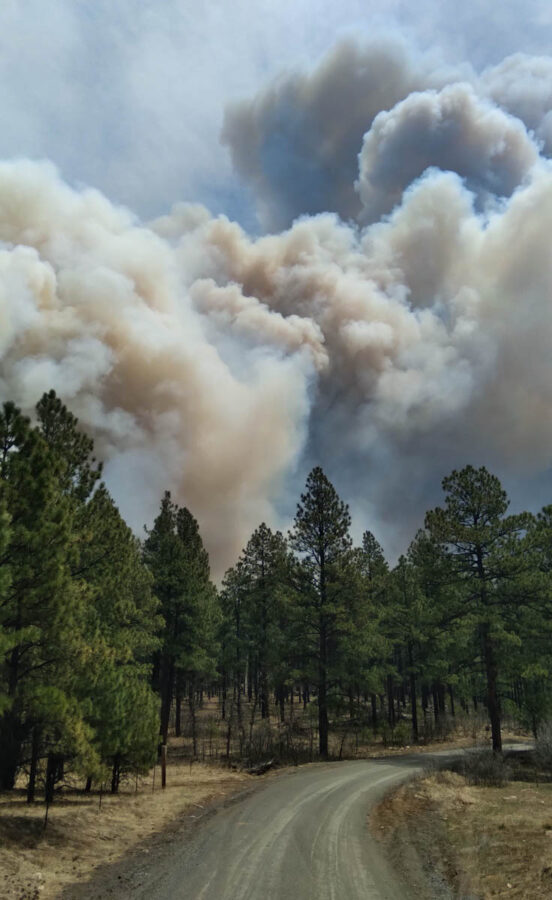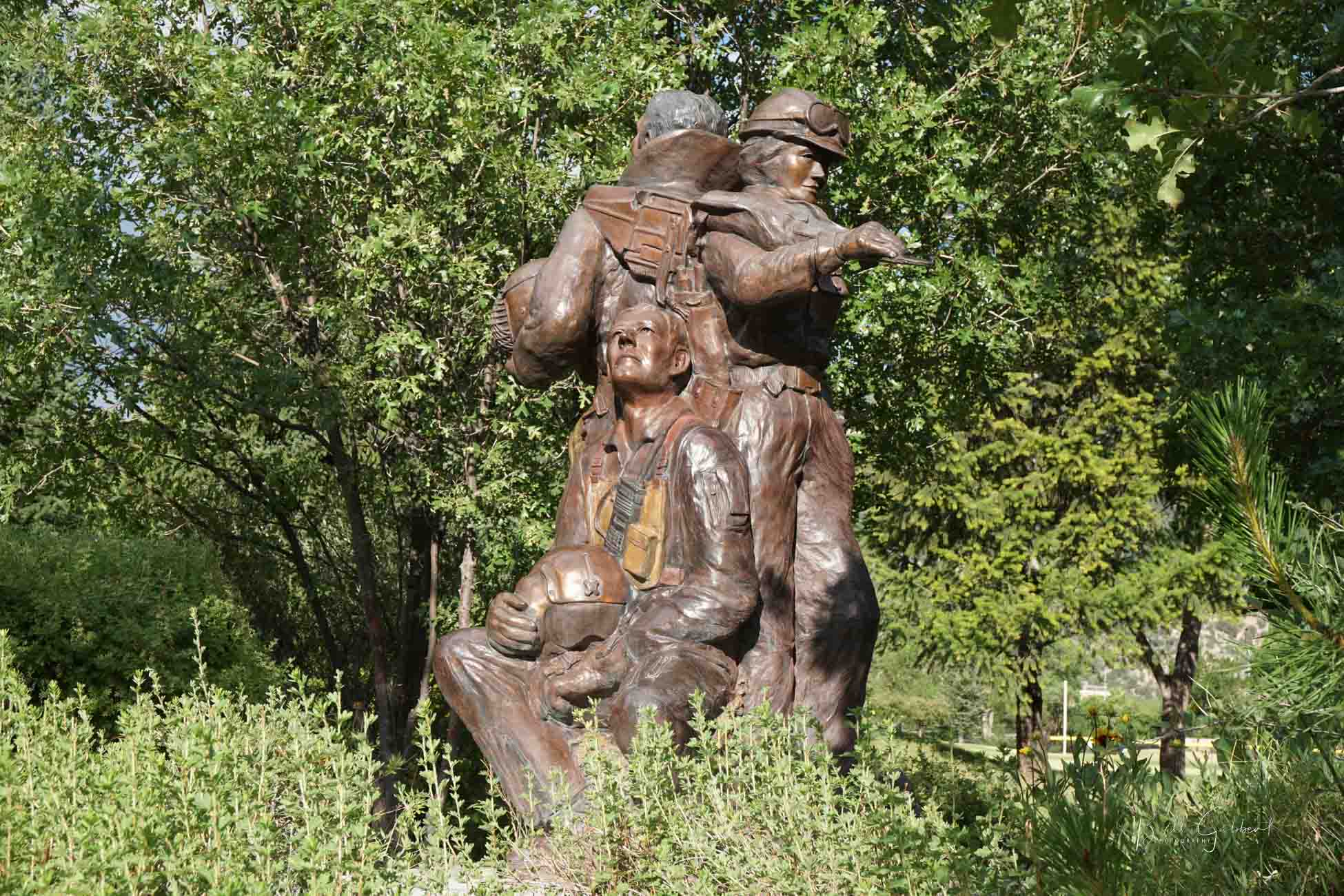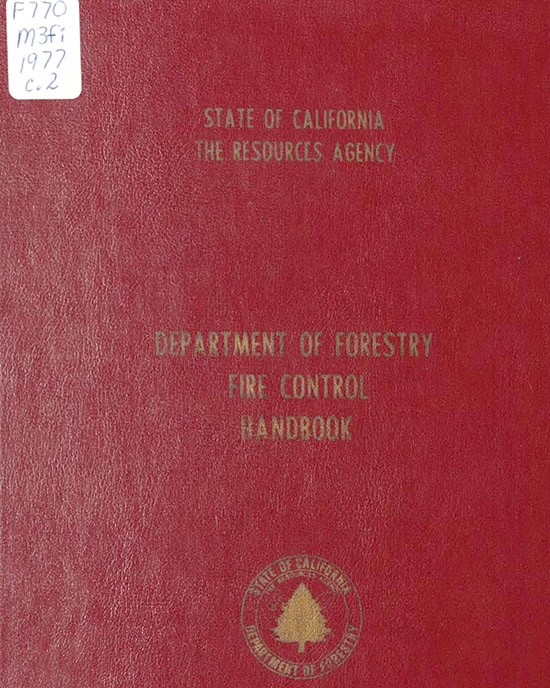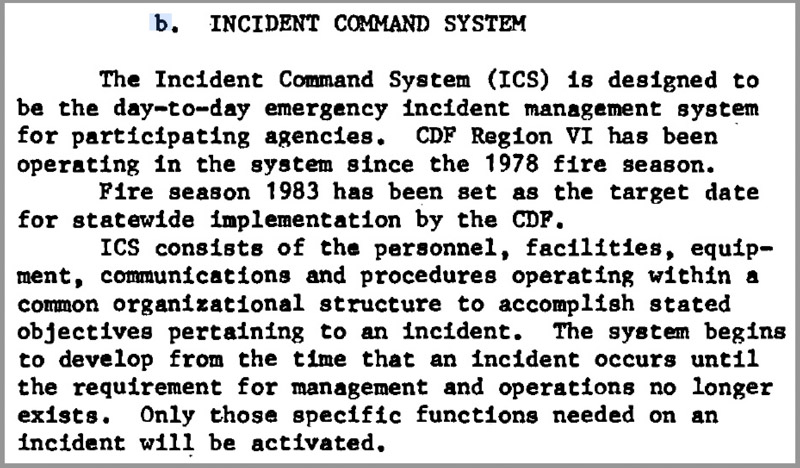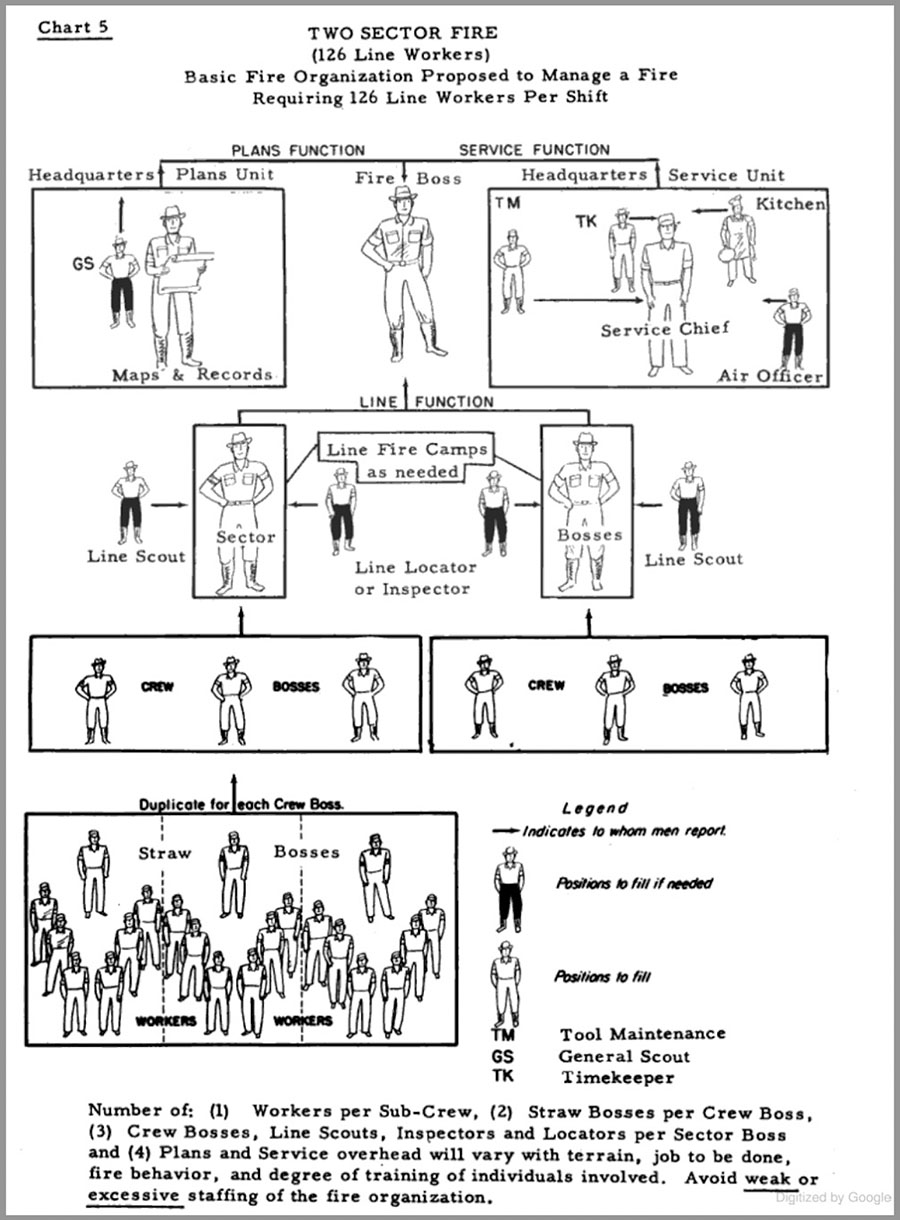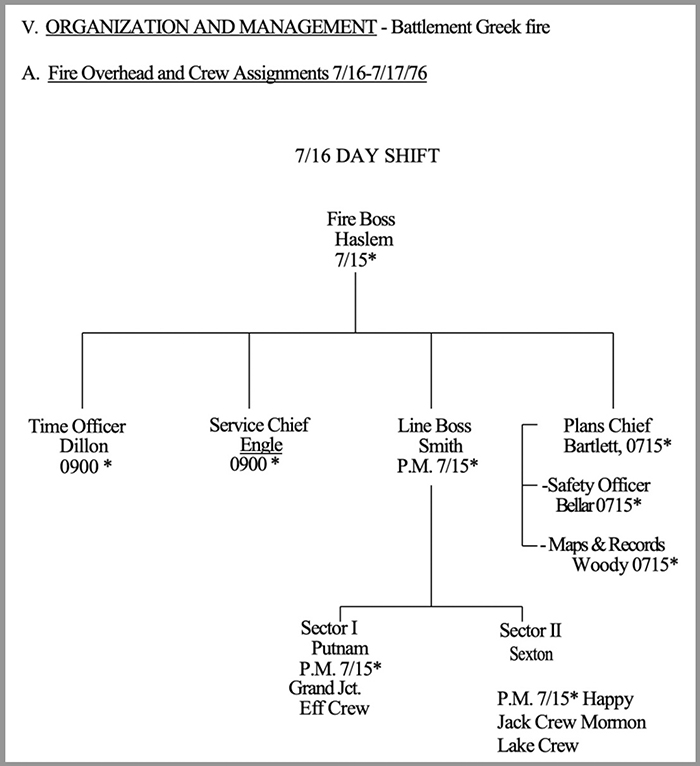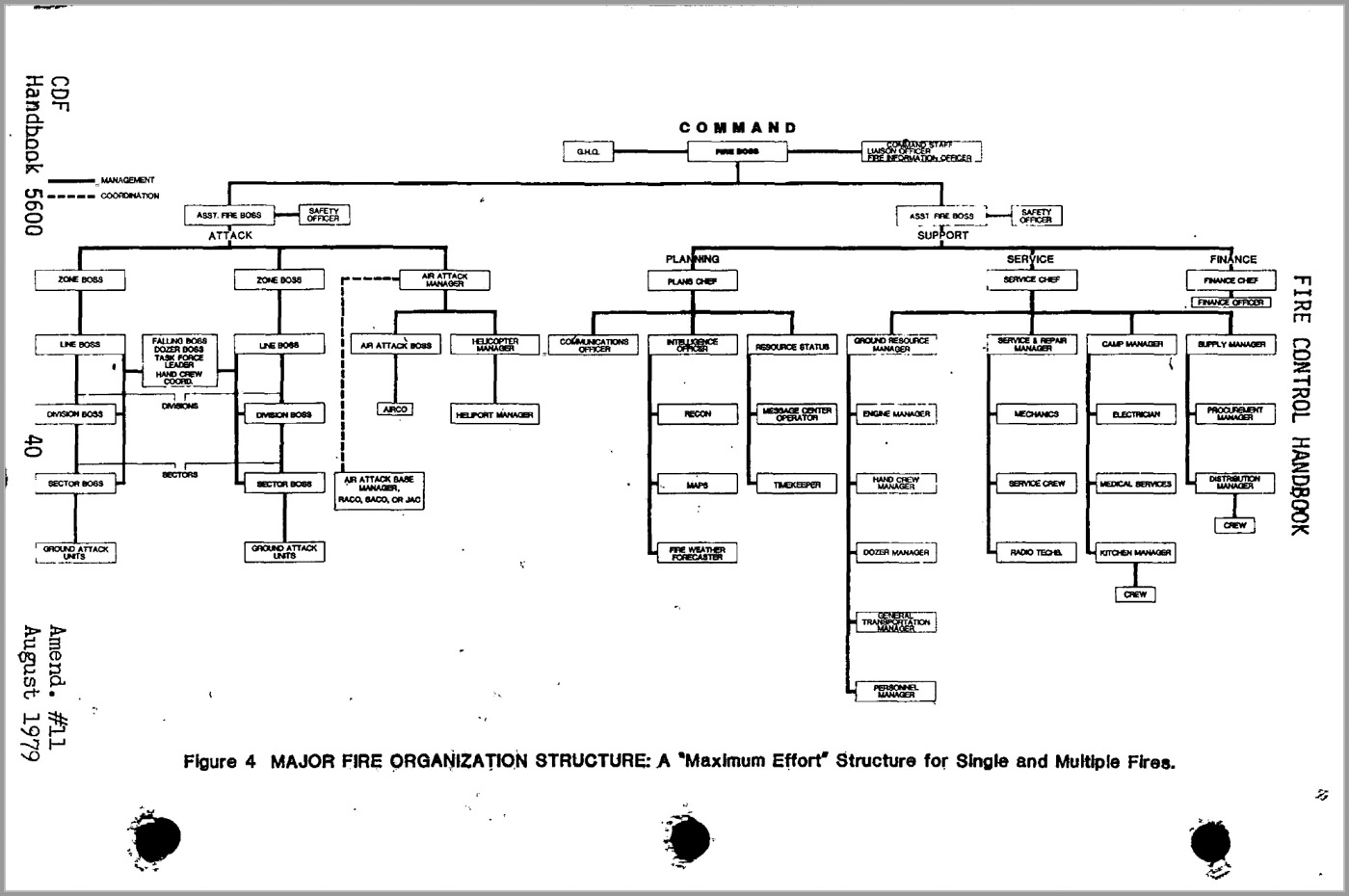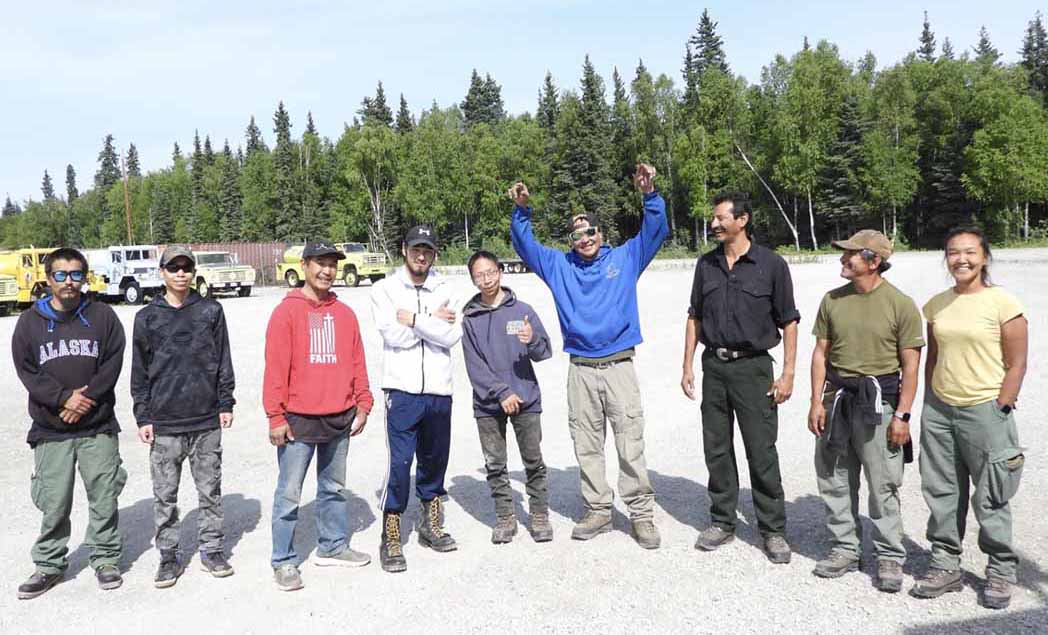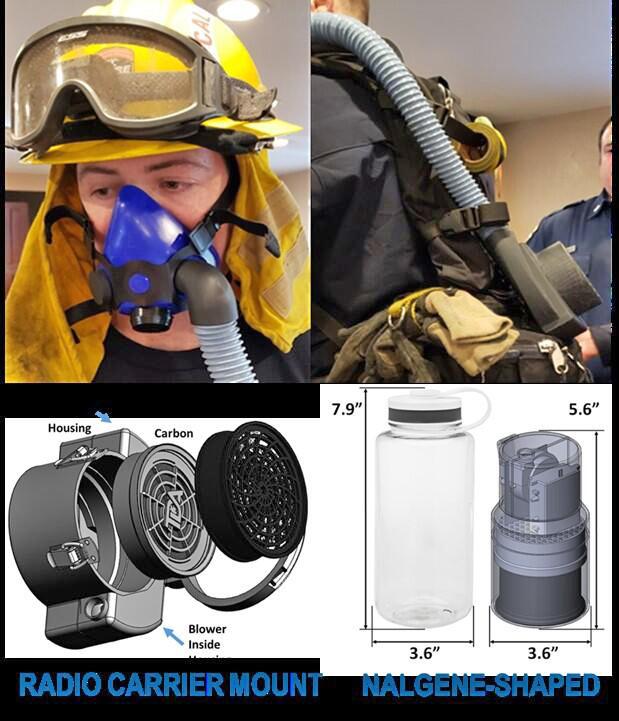
A working group for the International Agency for Research on Cancer, the cancer agency of the World Health Organization, has just “classified occupational exposure as a firefighter as carcinogenic to humans.” Part of the reason is the toxic gasses firefighters are exposed to.
Wildland firefighters working on a vegetation fire can’t wear the conventional self contained breathing apparatus used by structural firefighters. It is too bulky, heavy, and only lasts 10 to 30 minutes.
In an effort to provide less carcinogenic air to wildland firefighters, the Department of Homeland Security’s Science and Technology Directorate is developing a respirator capable of removing airborne hazards present in the wildland firefighting operating environment. They are working with the International Association of Firefighters, National Fire Protection Association, International Association of Fire Chiefs, U.S. Forest Service, and local Colorado fire departments to develop and test the Directorate’s Wildland Firefighter Respirator (WFR). It contains a HEPA filter module that will remove very fine particulates, and a carbon sorbent to remove toxic gases. The team is investigating wildland firefighter-approved designs like the Radio Carrier and Hip-Mounted units shown in the photo below.
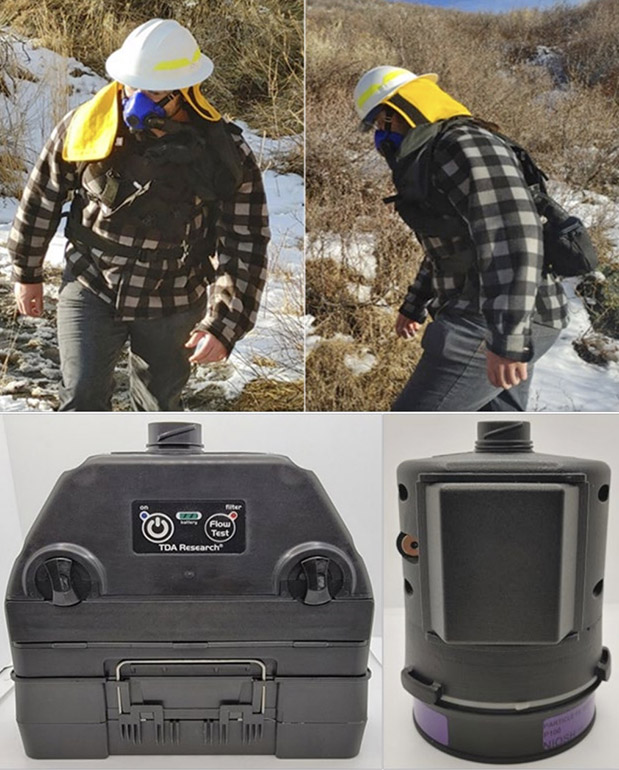
The WFR was designed around a lightweight mask covering just the mouth and nose. It relies on filtration, designed to go a whole shift before needing to be changed.
“Our system pushes clean air to firefighters using a powered blower with HEPA and carbon filters,” said S&T Program Manager Kimberli Jones-Holt. The system connects to the half-mask through a lightweight, flexible breathing hose to provide clean air and draws in air from the bottom of the unit to prevent rain or water infiltration.
“The filters were also designed to be inexpensive and easily replaced at $5 to $10 each,” Jones-Holt continued.
It uses an electric blower to force filtered air to the mask, relying on AA batteries for power.
The DHS says if wildland firefighters use respiratory protection, their careers could be significantly extended, leading to a more educated and experienced workforce capable of more efficient operations, with lower medical bills and training costs.
Thanks and a tip of the hat go out to Bob.

